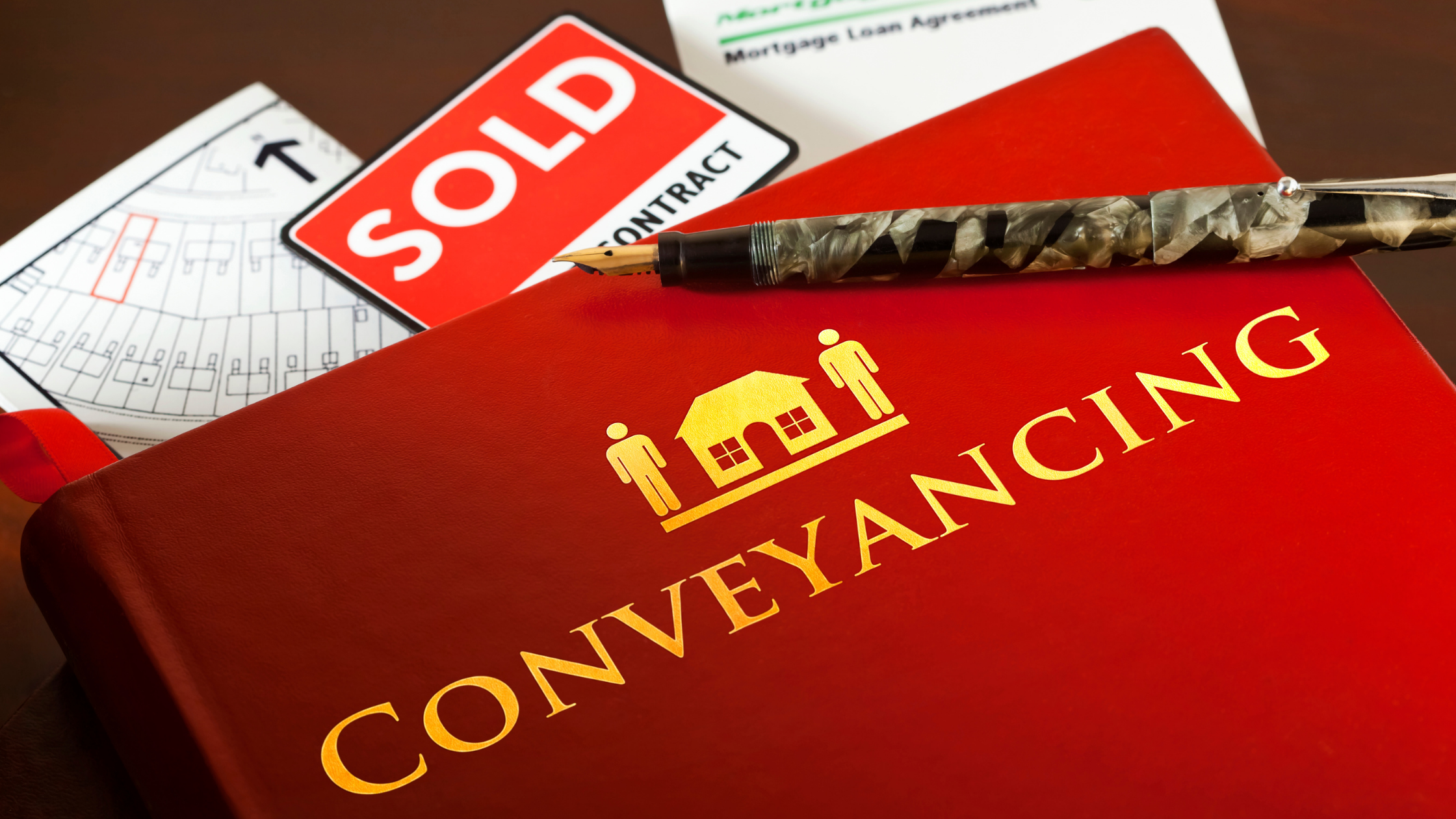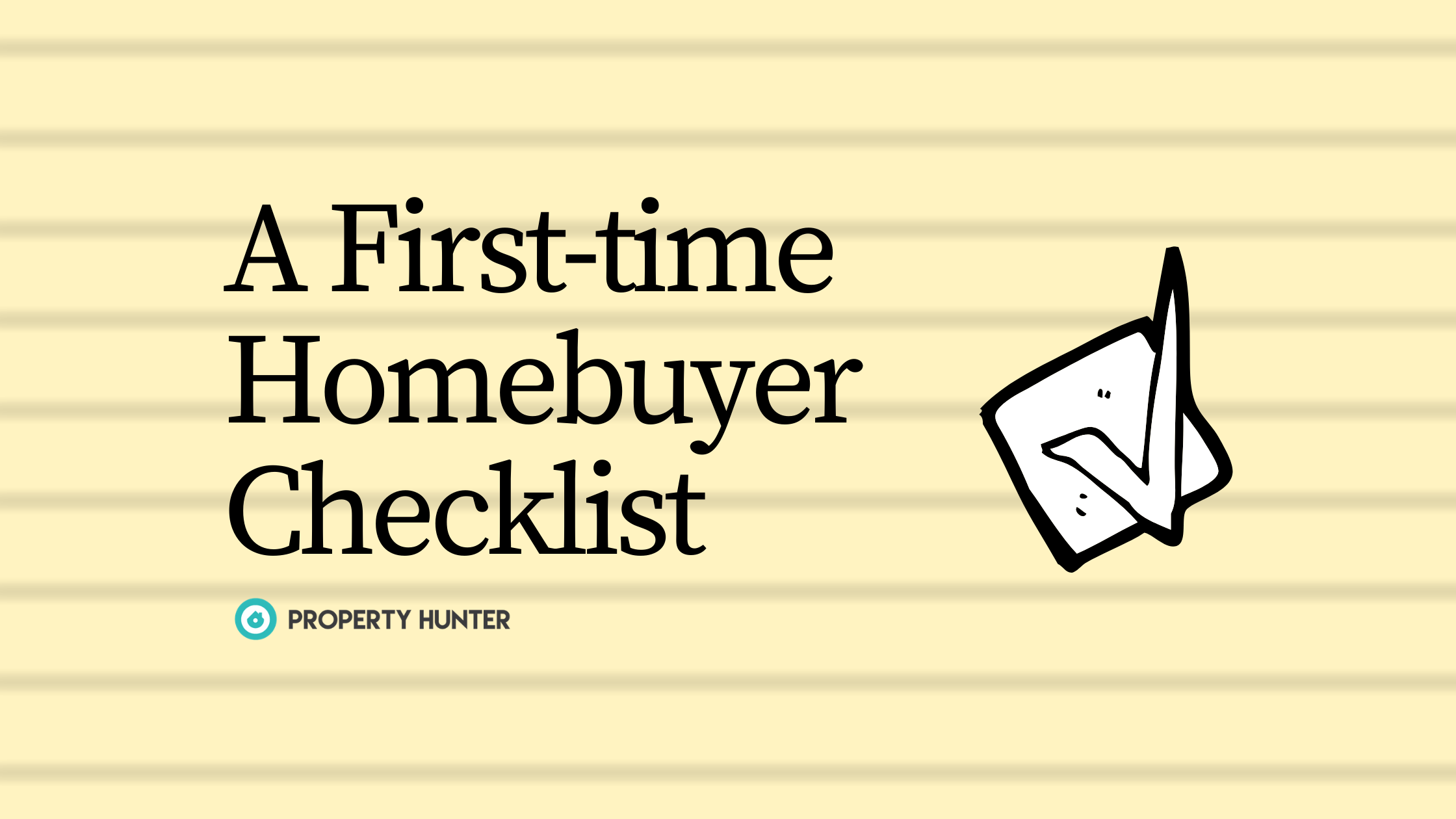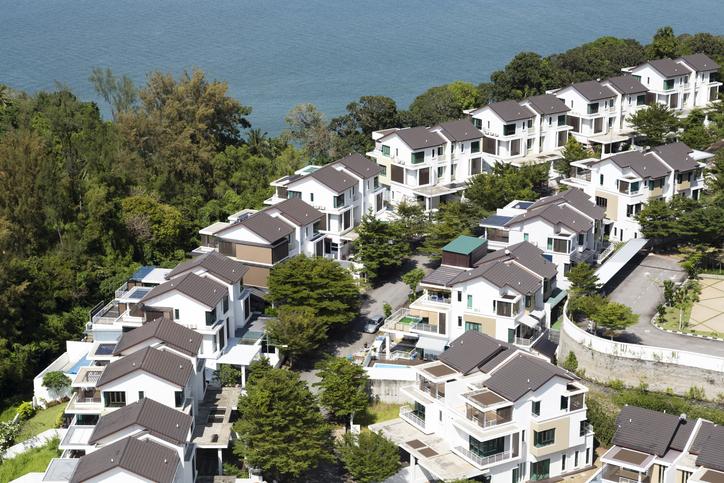We're gonna dive into the processes of house flipping, long-term investment, buy-to-renovate, short-term lets, long-term lets, and vacant land development.
Property is biggg business in Malaysia. Of course, residential property isn’t the only kid on the block, as Malaysia is also home to millions of commercial, industrial, and retail-based properties.
It has created a multi-billion Ringgit property industry that boasts a huge range of opportunities for real estate investing.
If you’re now on the lookout for articles on how to invest in property, chances are that you’re thinking about diving into Malaysia’s residential markets.
That’s landed properties, strata properties, and all the weird and wonderful types in between. With that in mind, here’s a super simple guide to 6 types of residential property investment.
1) House Flipping
House flipping is a short-term property investment method that's based on the idea of ‘buy low, sell high, quickly as possible’.
The aim is to identify and purchase investment properties which are undervalued, or which can have value quickly added with as little cost, and then sell them off at a profit.
There are a number of ways that house flipping can deliver a return on investment. The first route is by finding an undervalued property, which may be priced that way because the owner wants a quick sale.
Another common route is to purchase a new development property at launch, then sell it on once it's completed, to return a small profit.
The third common path towards house flipping for a profit is through a quick restoration or renovation. Tearing down the ugly bits, a fresh coat of paint, plus new doors, windows and light fixtures – it's ready to go!
2) Long-Term Investment
Long-term investment in property is based around the idea of capital appreciation. Basically, what that means is house prices almost always go up over a long period of time.
You can buy and rent out the property (yay for passive income!), buy and live in the property while you wait, or even perhaps buy a property for family members to live in.
You're going to have to be patient for the next 10 years or so. All the while, the value of the property is (hopefully) increasing.
3) Buy-To-Renovate
Buying a subsale property to restore and/or renovate and add value is a tried-and-tested property investment strategy.
Market evaluation is critical for this investment type. You need to take a good look at similar properties in the surrounding area, and understand the house price valuation criteria that apply.
That means matching up the sale price of properties which are the closest comparison to the ‘intended’ look of your finished renovation.
With the right planning, buy-to-renovate gives you the chance to purchase a modest property, invest in making it highly attractive, then sell it at a profit that gives you a big financial high-five for your efforts.
4) Buy-To-Let (Short-Term Lets)
Buy-to-let is pretty much self-explanatory: You purchase a property with the intention of renting it out to earn a steady flow of income. Short-term lets means renting out your property to people for a period of days or weeks. That includes platforms such as Airbnb and often means renting out to business people or tourists.
The potential profits are higher per night than a long-term rental agreement, but the security and guarantee of income is based heavily on how often you rent out your property.
5) Buy-To-Let (Long-Term Lets)
Long-term buy-to-let properties are perhaps the more traditional view of a rental property investment.
This investment method is about purchasing a property that is then rented out to long-term tenants (a year or more) with a stable rate of return. The benefit with buy-to-let is that you’re not only earning stable returns through rental, you also benefit from capital appreciation as the underlying value of the property increases too (assuming you’ve purchased the right one).
6) Vacant Land Development
If you’ve got experience in construction, or good understanding of the property market more generally, then it might be that you’re interested in the idea of vacant land development.
Once the land is purchased, you set about constructing your property or an entire project, and sell it on for a profit! That’s an incredibly simplified explanation for what can be a significant multi-year process.
Of course, the development costs are substantially higher than other property investments, which means cost or time overruns can have a significant impact on your potential return on investment (ROI). Not for the faint-hearted!
For a more in-depth insight on this topic, you can read the original article by PropertyGuru here.
.jpeg)





.png)


.jpg)


.jpeg)

